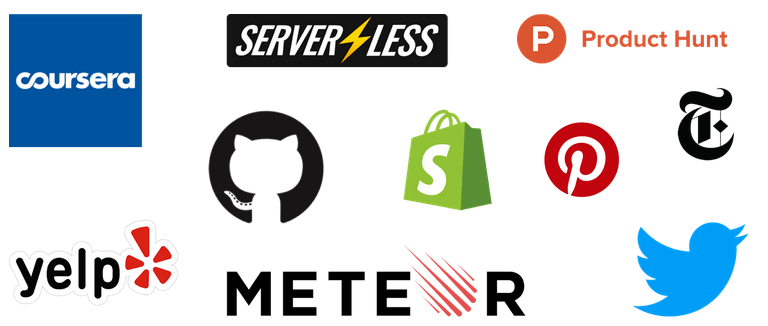Well, after working with GraphQL for some time now I have understood quite well how amazing the tool is and the beauty of fetching the data. It's better than REST if you don't know already read my article here! 🤩
🔸 REST Overview
- A REST API is an architectural standard for network-based software.
- RESTful web services allow to access and manipulate the web resources using a predefined set of stateless operations like GET, POST, PUT, and DELETE.
- The implementation of the client and server is independent of each other and does not affect each other's functionality.
- One advantage of using REST is, it's scalable. The architecture decouples client and server which allows developers to scale products and applications indefinitely without much difficulty.
- REST-based API requires multiple round trips. For example, if you wanted to retrieve data from two or more different endpoints, you’d have to send two or more separate requests to the REST API each time.
- Using REST also arises over-fetching and under-fetching. For example, you need to display a list of twitter users with their names and followers. But you receive a JSON data structure with the user data having user’s name, tweets, email and, address.
🔸 GraphQL Overview
- GraphQL is a query language, a specification, and a set of tools that operates over a single endpoint using HTTP.
- It has been to optimize for performance and flexibility. It provides detailed insight into the data that’s requested on the backend.
- GraphQL uses a strong type system to define the capabilities of an API. All the types that are exposed in an API are written down in a schema using the GraphQL Schema Definition Language (SDL).
- The GraphQL schema serves as the path between the client and the server to define how a client can access the data.
- GraphQL overcomes the problems of REST over-fetching and under-fetching in a smooth manner.
- It enables rapid product development and a large open source community to work with.
Some big firms that use GraphQL :
🔸 Conclusion
Both REST and GraphQL are unique ways to design how an API will function and how applications will receive data from it. While REST had significantly simplified the work of developers with its standardized approach, it does have a few drawbacks. GraphQL, with its queries, schemas, and resolvers offers more flexibility, moreover, GraphQL can offer better performance. Analyze your application, data, and performance requirements, so that you can choose appropriately.
Thanks for Reading. Happy Learning! ❤️




Top comments (0)